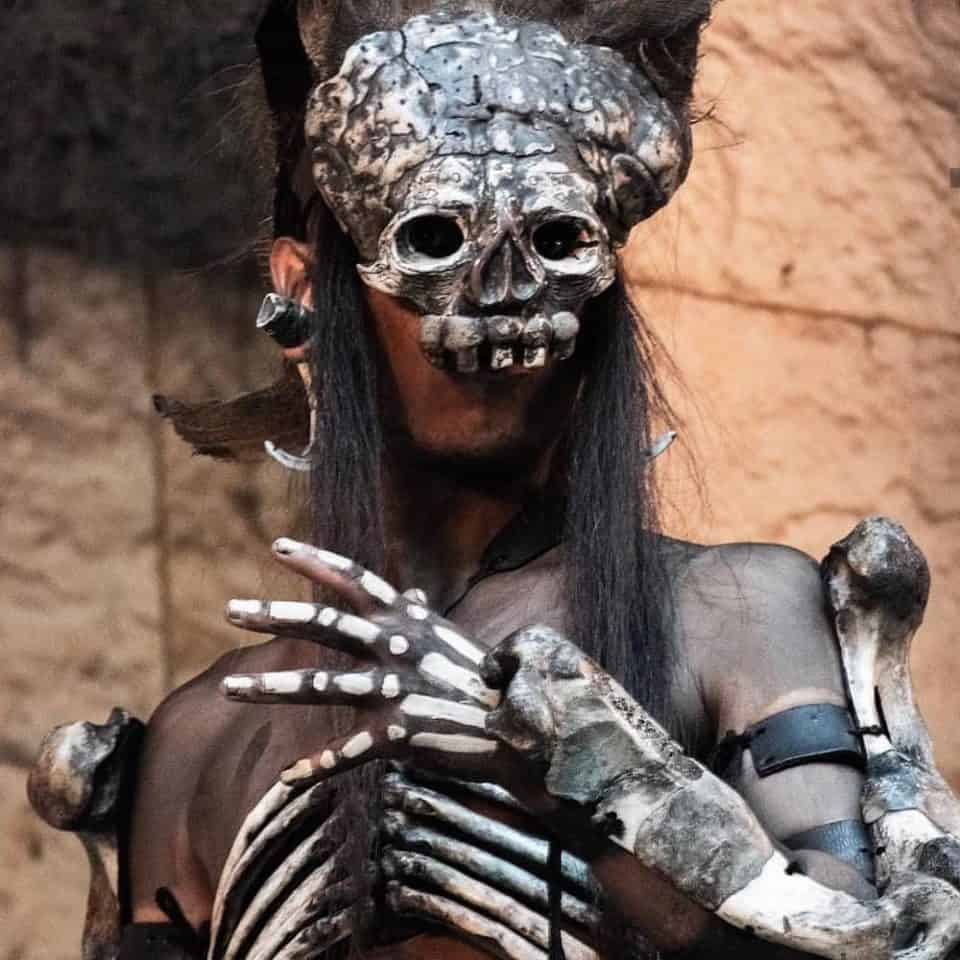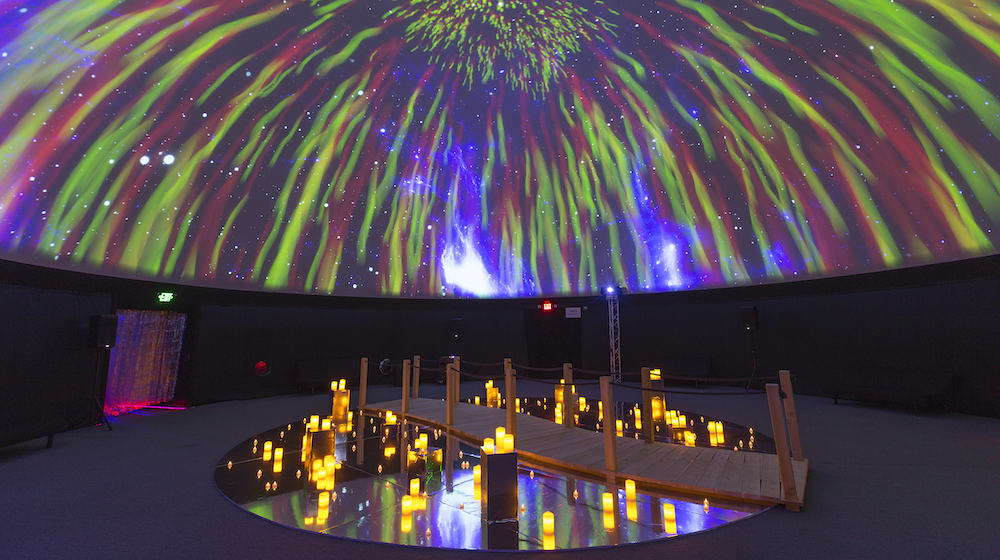Every year in Mexico and beyond, descendants of departed loved ones transform somber memorials into lively altars or ofrendas, replete with colorful marigolds, dazzling candles, and all of the deceased’s favorite earthly indulgences as a way to bring joy to the act of remembrance and successfully propel the dead into the afterlife. In the United States, the holiday is usually known as Día de los Muertos, but in its home of Mexico, it’s Día de Muertos. The “los” comes from a Spanish re-translation of its English meaning, Day of the Dead.
Día de Muertos is a hybridization of Catholicism and indigenous pre-Columbian cultural traditions, with roots dating back to an Aztec festival honoring the goddess Mictecacihuatl, which was originally celebrated during the summer. But after Spanish colonization in the 1500s, the holiday was moved up to coincide with October 31 (All Saints’ Eve), November 1 (All Saints’ Day), and November 2 (All Souls’ Day). In the western Christian tradition, the three days are known as Allhallowtide, but in some parts of the world, they have since become virtually synonymous with festivities related to Día de Muertos, a holiday that has since been named on the Representative List of the Intangible Cultural Heritage of Humanity by UNESCO in 2008.

Theme Park in Mexico Celebrates Day of the Dead
Near Mexico’s Playa del Carmen, there’s a place that practically transforms the annual fall tradition of Día de Muertos into a year-round theme park. Founded in 1990, Xcaret Park is an “archeological eco-park” designed to highlight Mexican culture in a lush setting with a trio of underground rivers, natural pools, and traditional Mexican attractions and performances.
On its own, Xcaret Park is like an extended, permanent Day of the Dead festival. But for the past 14 years, the park has also been hosting the Festival of Life and Death to celebrate Día de Muertos, paying tribute to a different Mexican region each year. (This year, it’s the city of San Luis Potosi in Central Mexico.) As part of the celebration, there’s the time-honored All Hallow’s Eve mass, along with countless captivating theater performances, indigenous dances, delicious local food, and lots and lots of face paint.
“We are committed to giving visitors unique experiences that immerse them in the spirit of Day of the Dead,” said Leticia Aguerrebere, Director of the Festival of Life and Death, in a statement. “As one of the largest and most authentic Day of the Dead festivals, we are honored to showcase this living expression of Mexican culture and traditions passed down from generations to the world.”

An Immersive Day of the Dead Tribute
Meanwhile in Los Angeles, a 35,000 square-foot immersive art park called Wisdome LA is hosting an elaborate art installation called A New Día presented by Estrella Jalisco. Legendary filmmaker Robert Rodriguez is the source of a disembodied voice guiding attendees through a series of four geodesic domes with 360-degree, all-encompassing projections putting viewers in the center of computer generated surroundings. Each dome is devoted to a different aspect of the Day of the Dead tradition, providing guests with a separate experience that collectively form a journey into Mexican cultural heritage.
The multisensory odyssey begins in a dome dedicated to a legend about the Cempasuchil Flower, in which two young Aztec lovers, Xóchitl and Huitzilin, are reincarnated as a marigold and a hummingbird so that they could be together for eternity. The second dome puts guests in the element of water, encouraging them to go with the flow and adapt their live course as necessary. The remaining domes call attention to the phoenix-like power of fire, and the marvelous beauty of the monarch butterfly. Here, guests are encouraged to write a message to a loved one on the back of a paper butterfly, and to affix it onto an ersatz tree for a “living sculpture.” The experience concludes with a tribute to La Catrina, the glamorous skull figure that has become a Day of the Dead icon.
Elaborate attractions such as these are a sign of the increasing cultural impact of Día de Muertos, not just in Mexico, but elsewhere as well. Every culture observes death in its own way, but with Día de Muertos, people do it in the form of a celebration, bringing joy and ebullience to the memory of one’s life, instead of just mourning death.
The post Celebrating Día De Muertos: A Day For The Dead appeared first on High Times.




0 DL LiNKS:
Post a Comment
Add yours...